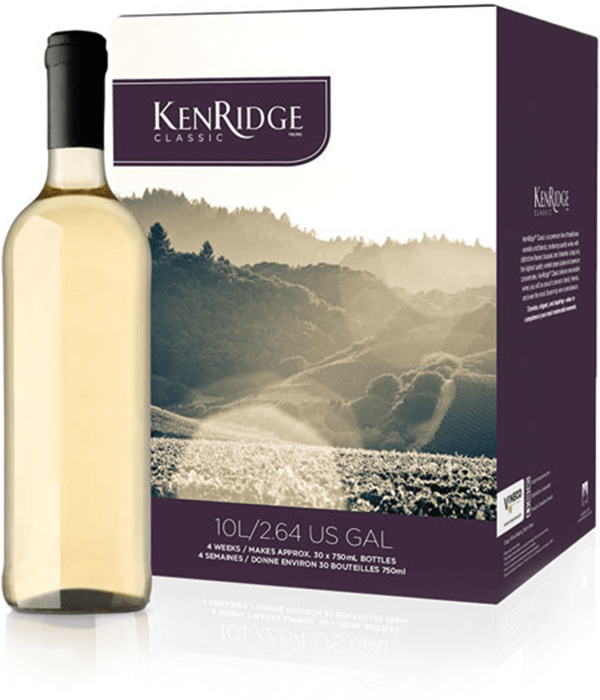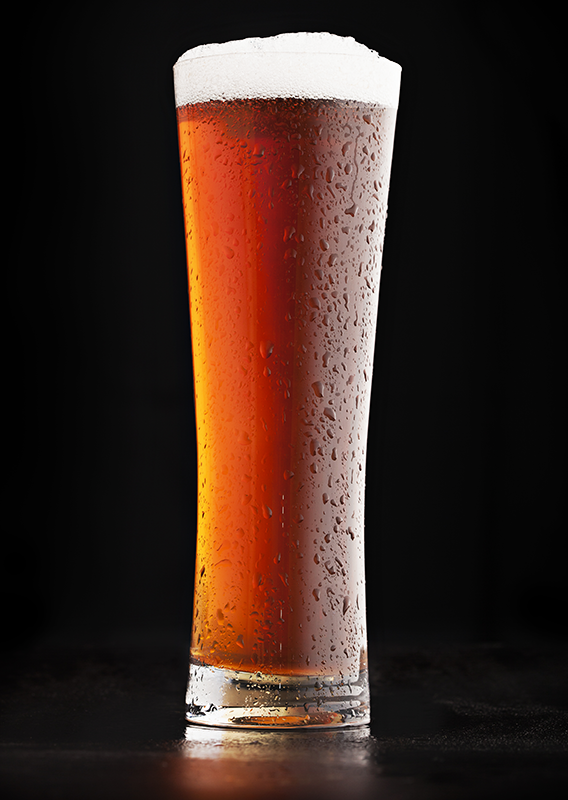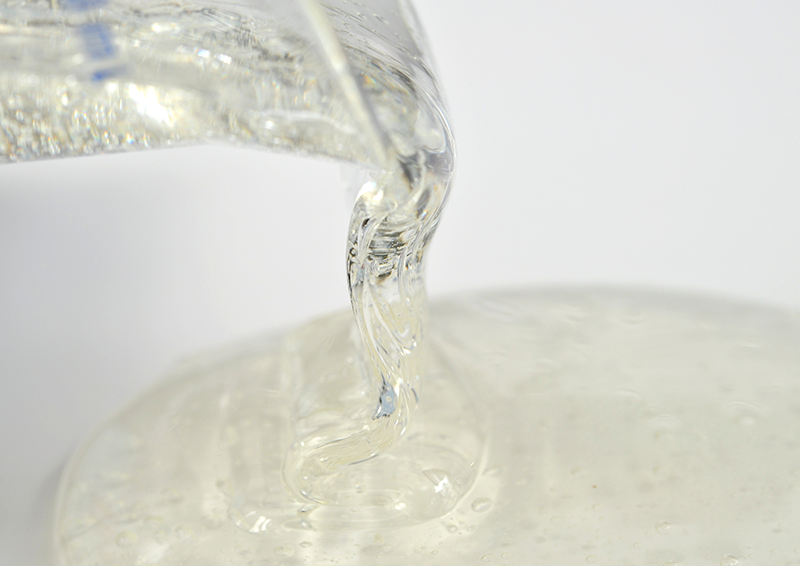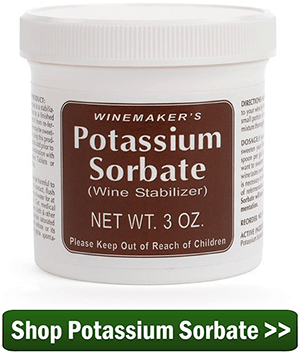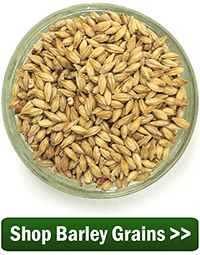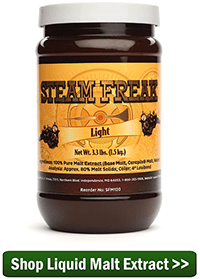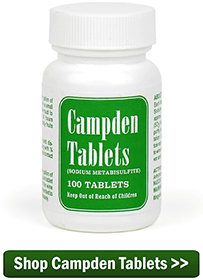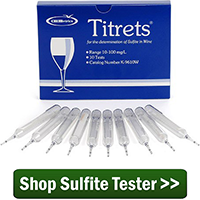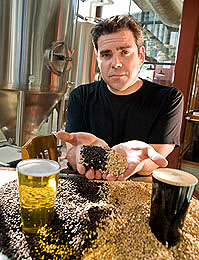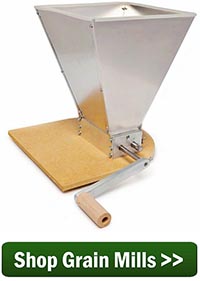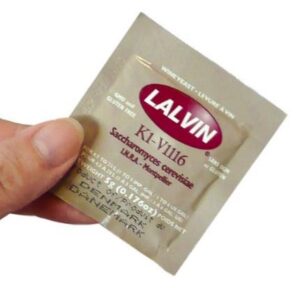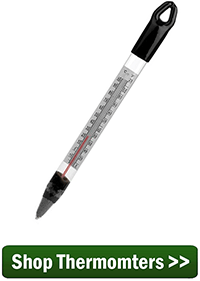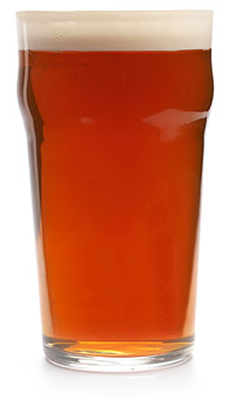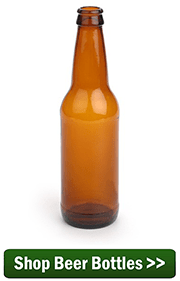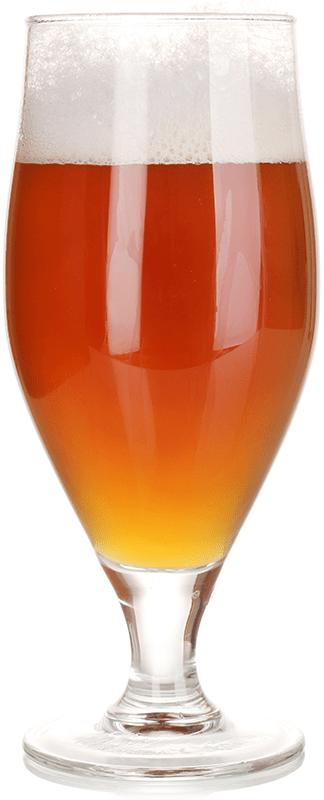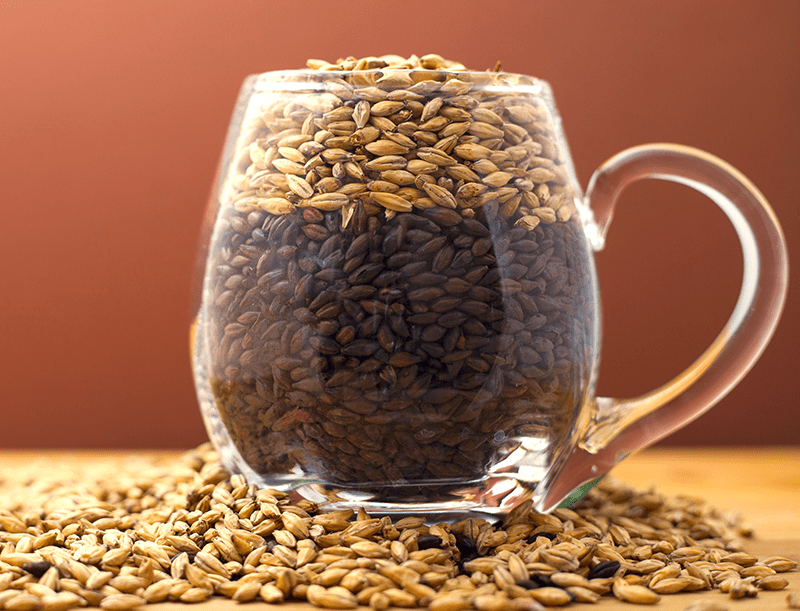 So, you’ve been brewing with malt extract and you’ve got your routine all figured out. The beer’s coming out pretty good, but you’re ready to take it to the next level. Enter: partial mash brewing. Partial mash brewing combines the simplicity of extract brewing with the slightly more advanced part of all-grain brewing called mashing.
So, you’ve been brewing with malt extract and you’ve got your routine all figured out. The beer’s coming out pretty good, but you’re ready to take it to the next level. Enter: partial mash brewing. Partial mash brewing combines the simplicity of extract brewing with the slightly more advanced part of all-grain brewing called mashing.
The big advantage of partial mash brewing is that you get to learn how to mash without having to buy a lot of extra equipment. If you’re already brewing with malt extract, this is the only additional equipment you need to make the move to partial mash brewing:
- Malted grains – Use with a pound or so of base malt or another lightly kilned malt, like Vienna or 2-Row. Depending on your beer recipe, include a few ounces of specialty grains if you’d like.
- A colander or mesh strainer
- A thermometer.
- pH test papers (though if you have the funds, you should really go for a digital pH meter)
- A stock pot for mashing (a standard kitchen stock pot should be fine)
- Calcium carbonate and gypsum
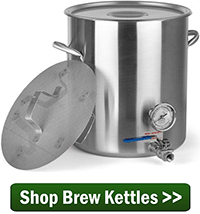 Unlike steeping grains, as we sometimes do with extract brewing, what we’re going to do here is convert the starches in the grain into fermentable sugars. To do this, we’ll soak the grains in warm water for 30-60 minutes. Here’s the trick: for the naturally-occurring enzymes in the grain to break down the starches, we need to control two important factors: temperature and pH. To properly break down the starches, we want to hold the mash water at a temperature between 150-158F and a pH level between 5.0 and 5.5. That’s it!
Unlike steeping grains, as we sometimes do with extract brewing, what we’re going to do here is convert the starches in the grain into fermentable sugars. To do this, we’ll soak the grains in warm water for 30-60 minutes. Here’s the trick: for the naturally-occurring enzymes in the grain to break down the starches, we need to control two important factors: temperature and pH. To properly break down the starches, we want to hold the mash water at a temperature between 150-158F and a pH level between 5.0 and 5.5. That’s it!
Here’s are the basic partial mash brewing instructions. See how it compares with what you’re already doing:
- Clean and sanitize as you would normally. This something that should be followed, regardless of your brewing method.
- Add 1-1.5 quarts of water per pound of grain to your stock pot.
- Heat the water to about 170°F. Since the grain is at room temperature, we heat the water a little above the ideal mash temperature. When we add the grains, we should be right in range.
- Add the crushed grain to the stock pot. Stir well to avoid clumping.
- Check the pH of your mash. If it’s above 5.5, add 1/4 tsp. of gypsum and stir. If it’s below 5.0, add 1/4 tsp. calcium carbonate and stir. Adjust until you’re in the proper range.
- Check the temperature of your mash. Hold the temperature as close to 154°F as possible. If below 150°F, add heat and stir. If above 158°F, add a little cold water and stir.

- Mash for about 60 minutes, adjusting temperature as needed.
- At the end of your mash, pour the mash through a strainer into your brew kettle. Recirculate the wort through your grains as needed to clarify.
- Add water to reach your desired boil volume and proceed as if you were brewing with extract.
There you have it: basic partial mash brewing instructions. That’s not too hard, is it?
Partial mash brewing is an easy way for homebrewers to transition from extract brewing to all-grain. Once you master the mash technique, you’re ready to brew all-grain!
Questions? Feel free to ask in the comments section!
Til next time…Cheers!
—–
David Ackley is a beer writer, brewer, and self-described “craft beer crusader.” He holds a General Certificate in Brewing from the Institute of Brewing and Distilling and is founder of the Local Beer Blog.

